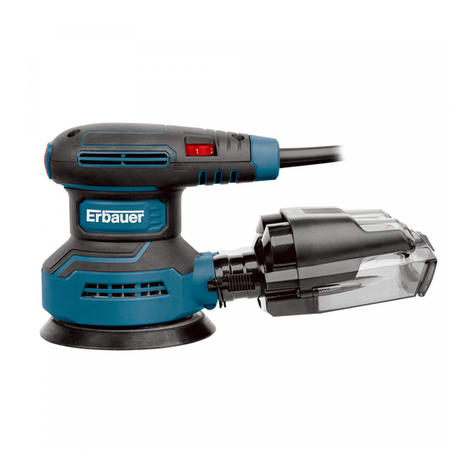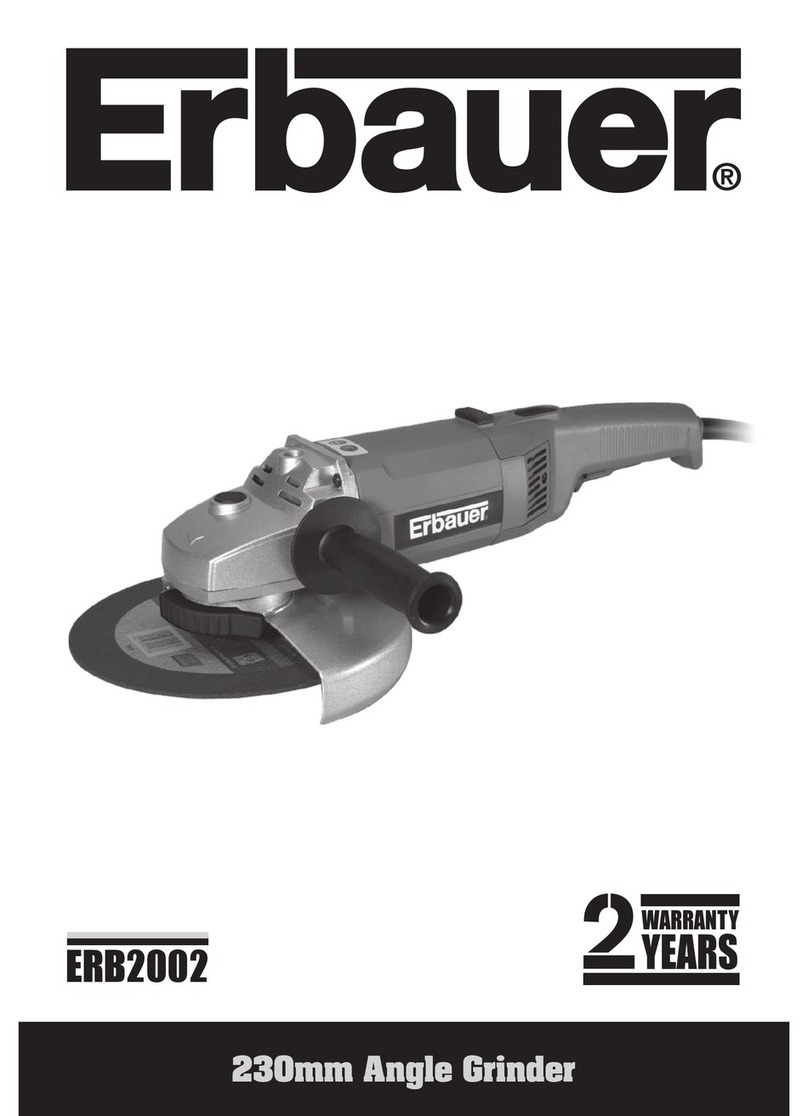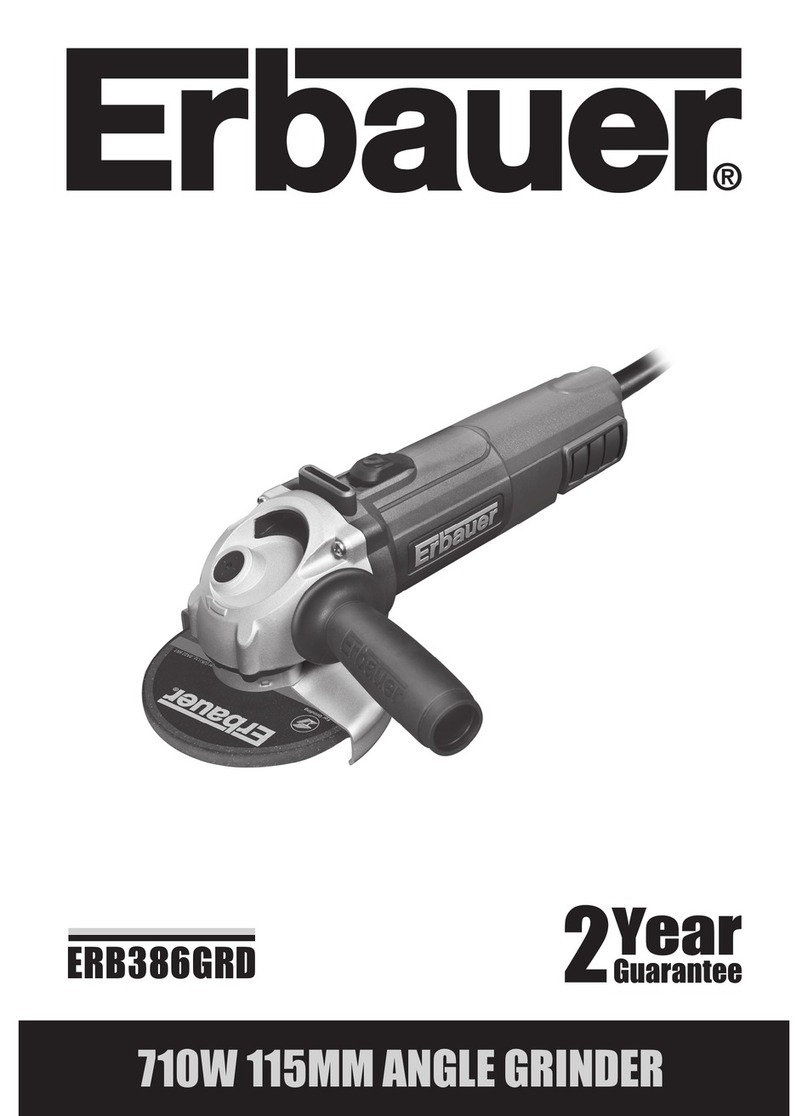Erbauer ERB666GRD User manual




















Table of contents
Other Erbauer Grinder manuals
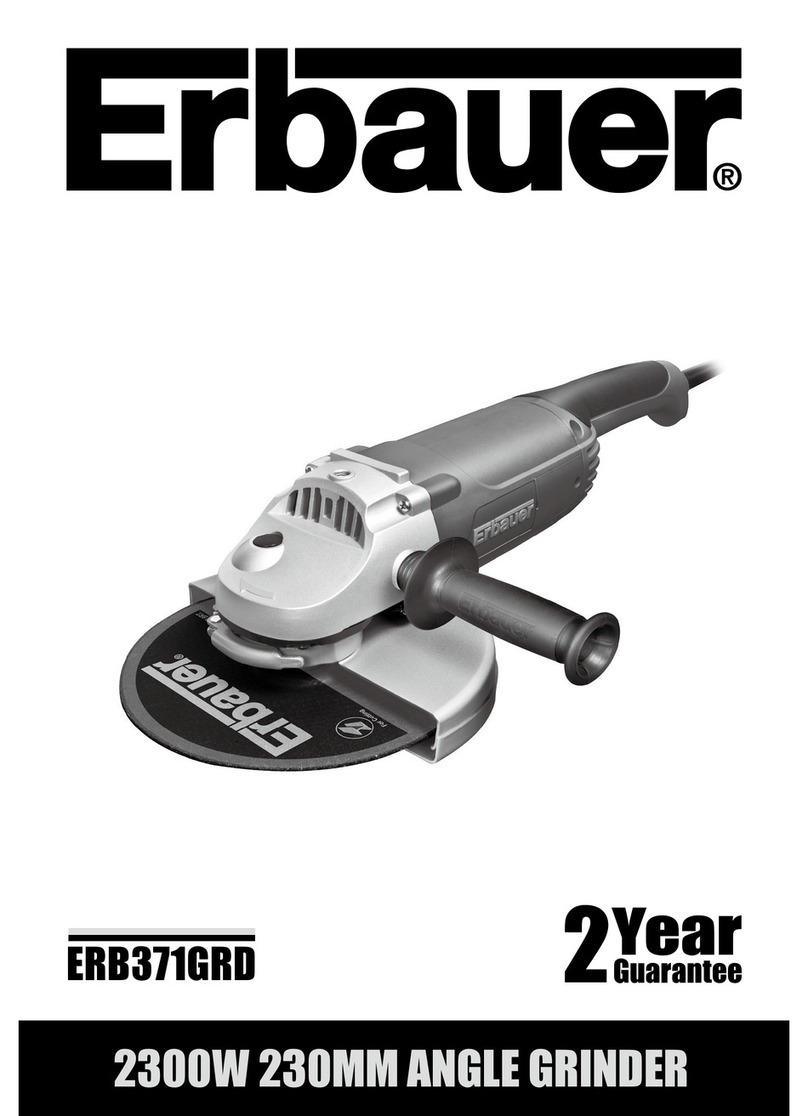
Erbauer
Erbauer ERB371GRD User manual

Erbauer
Erbauer ERB612GRD User manual
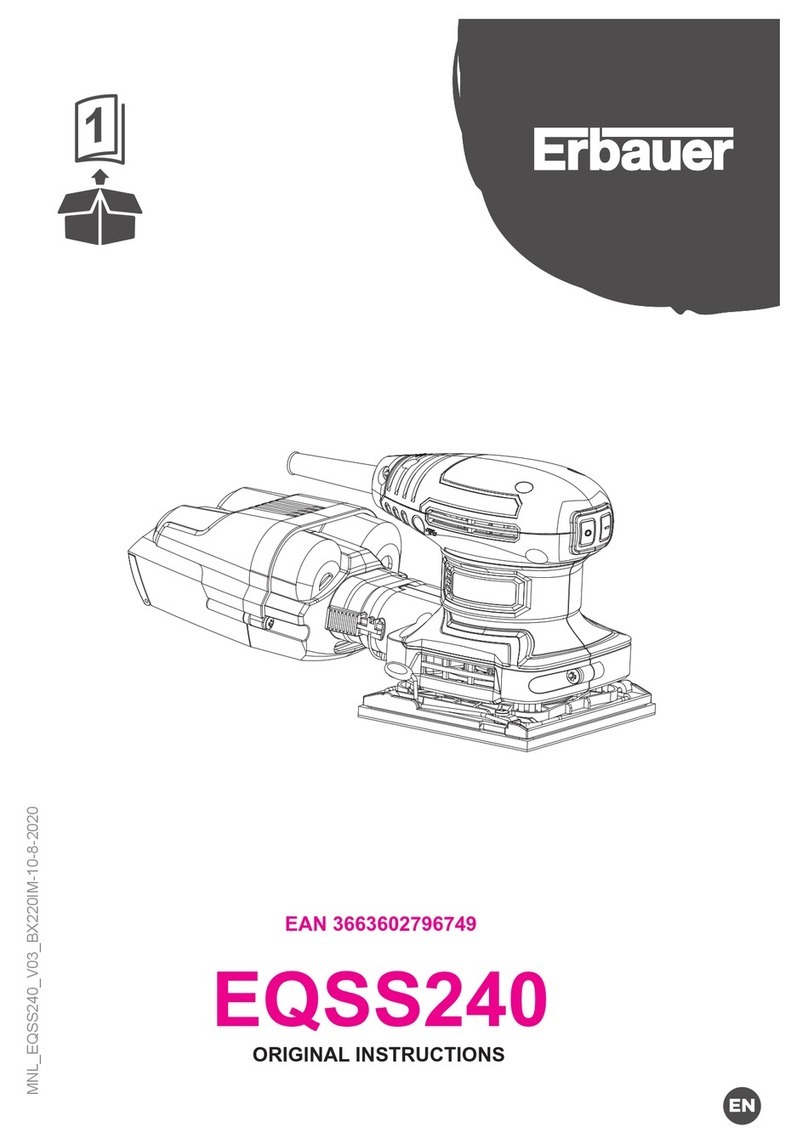
Erbauer
Erbauer EQSS240 User manual
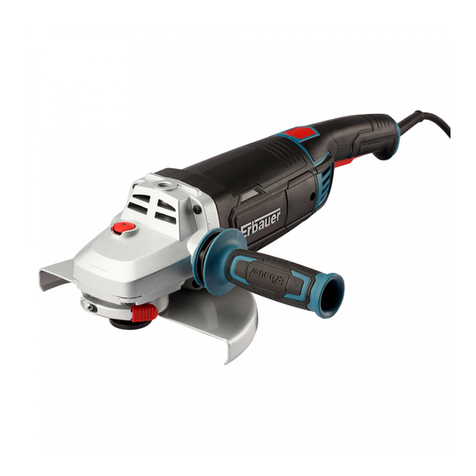
Erbauer
Erbauer EAG2200 User manual

Erbauer
Erbauer EAG18-Li User manual

Erbauer
Erbauer ERB8DLC User manual
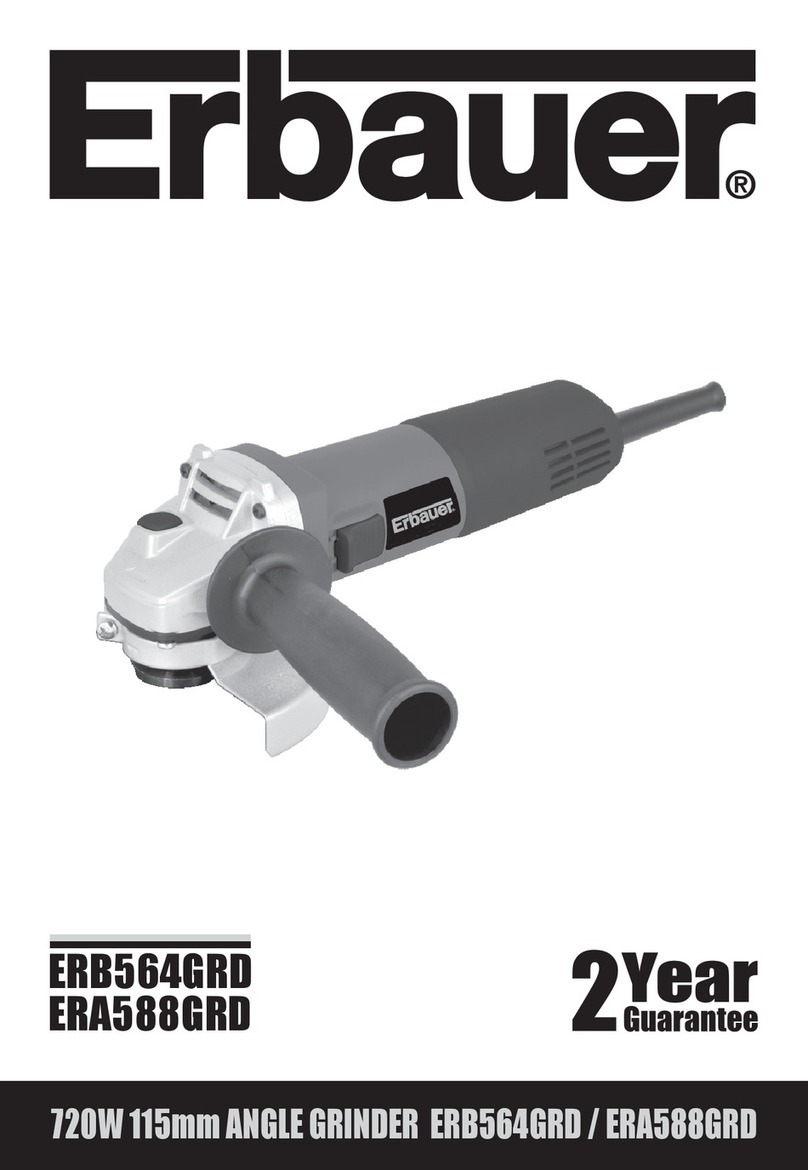
Erbauer
Erbauer ERB564GRD User manual

Erbauer
Erbauer ERB013GRD User manual
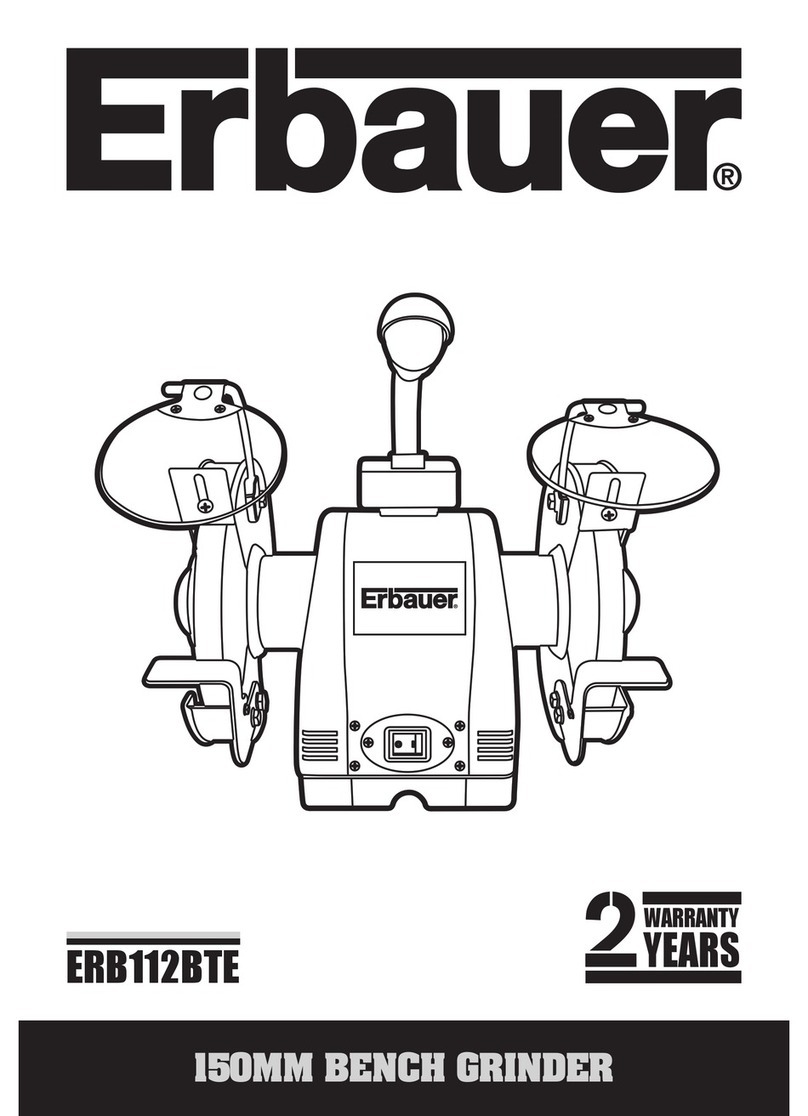
Erbauer
Erbauer ERB112BTE User manual
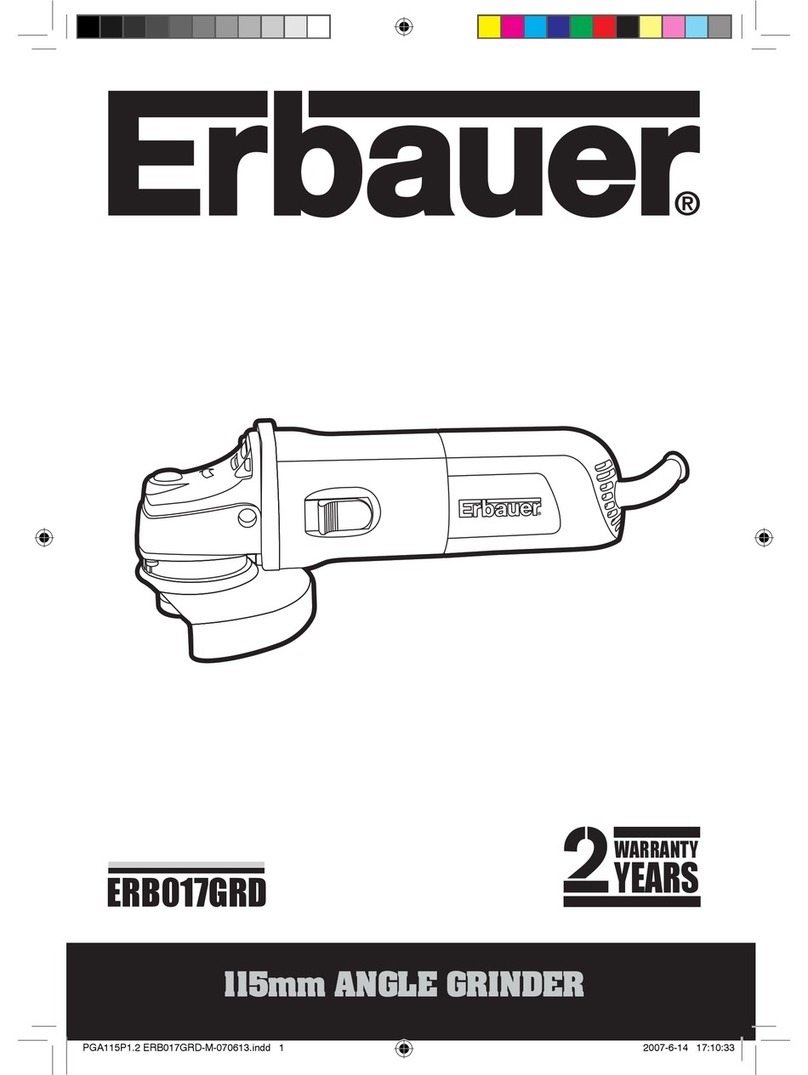
Erbauer
Erbauer ERB017GRD User manual
Popular Grinder manuals by other brands
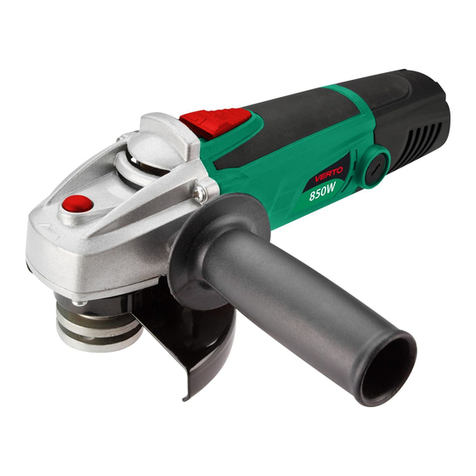
VERTO
VERTO 51G091 instruction manual

DR
DR PRO XL-SP Safety & Operating Instructions
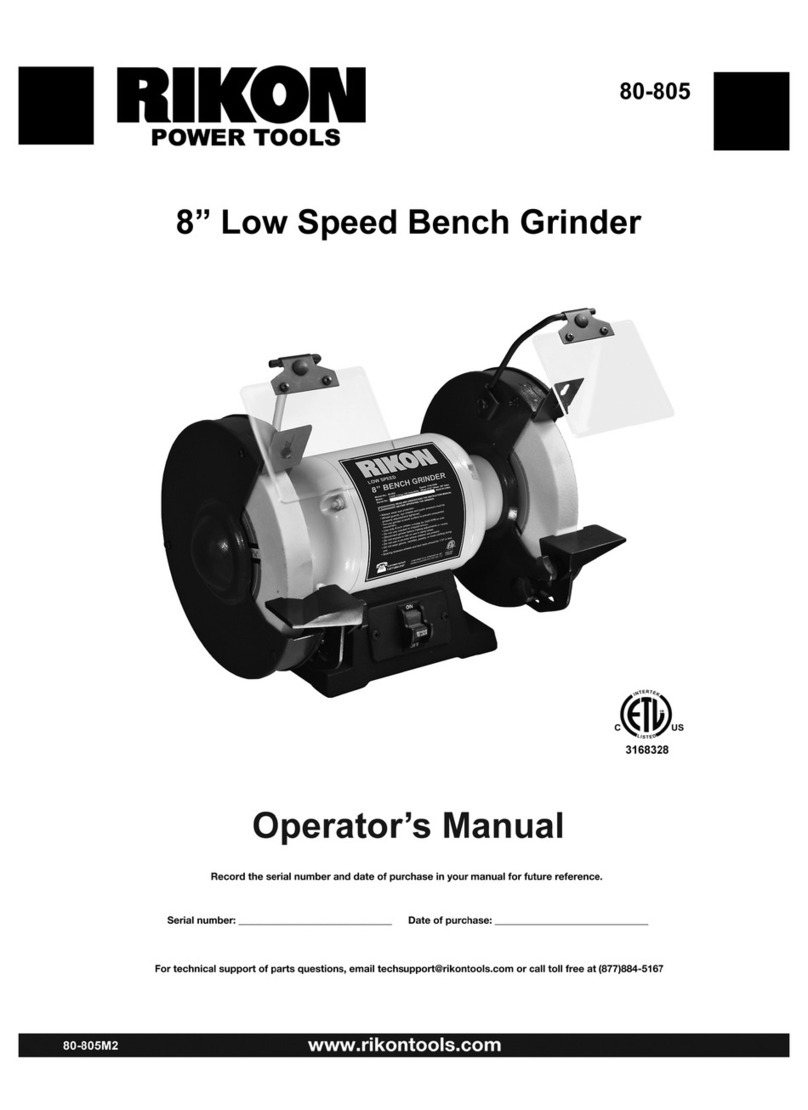
Rikon Power Tools
Rikon Power Tools 80-805 Operator's manual

Jet
Jet IBGM-8 Operating instructions and parts manual
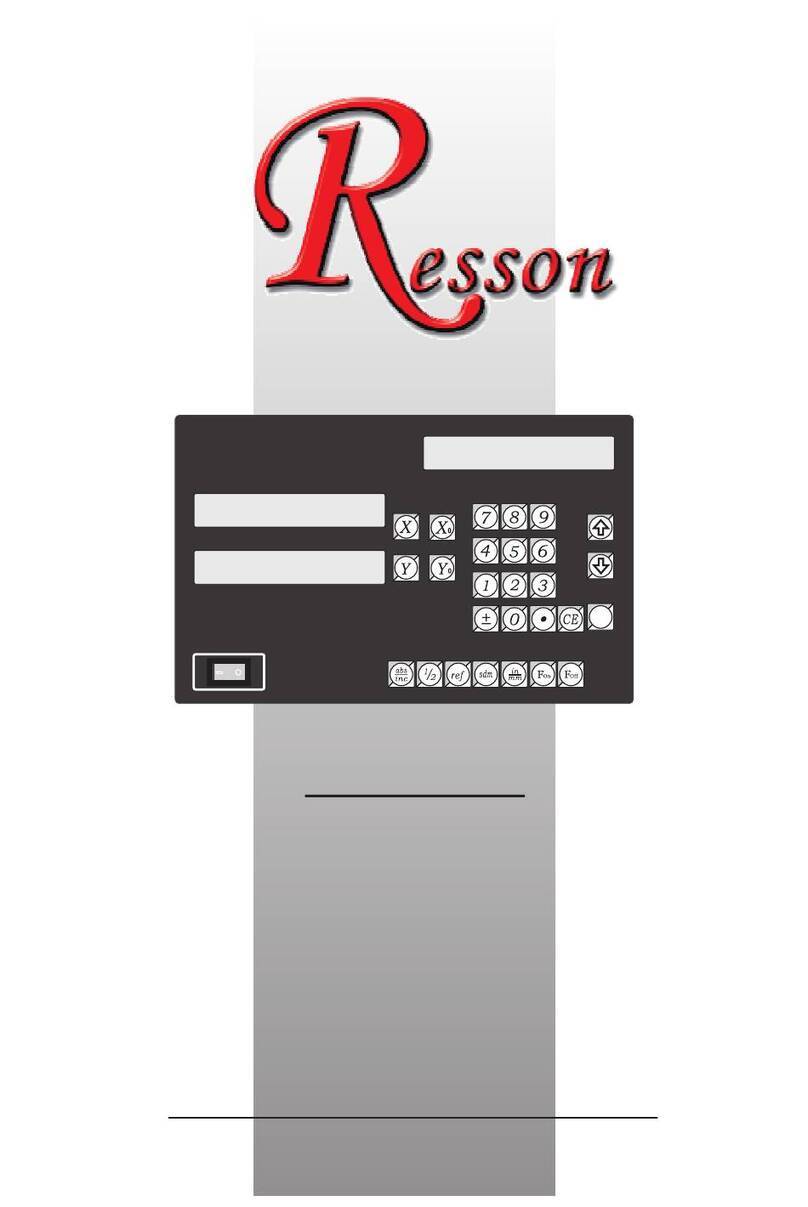
Resson Technologies
Resson Technologies RD-14G Operation manual
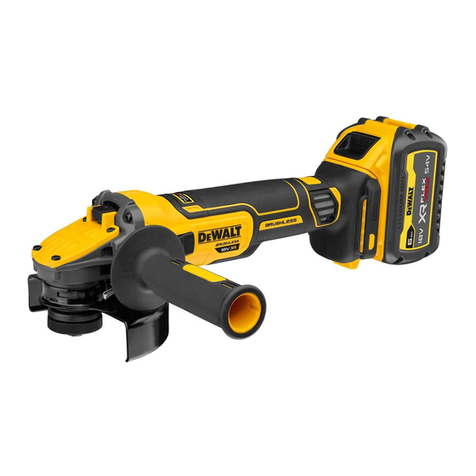
DeWalt
DeWalt XR DCG409VS Original instructions
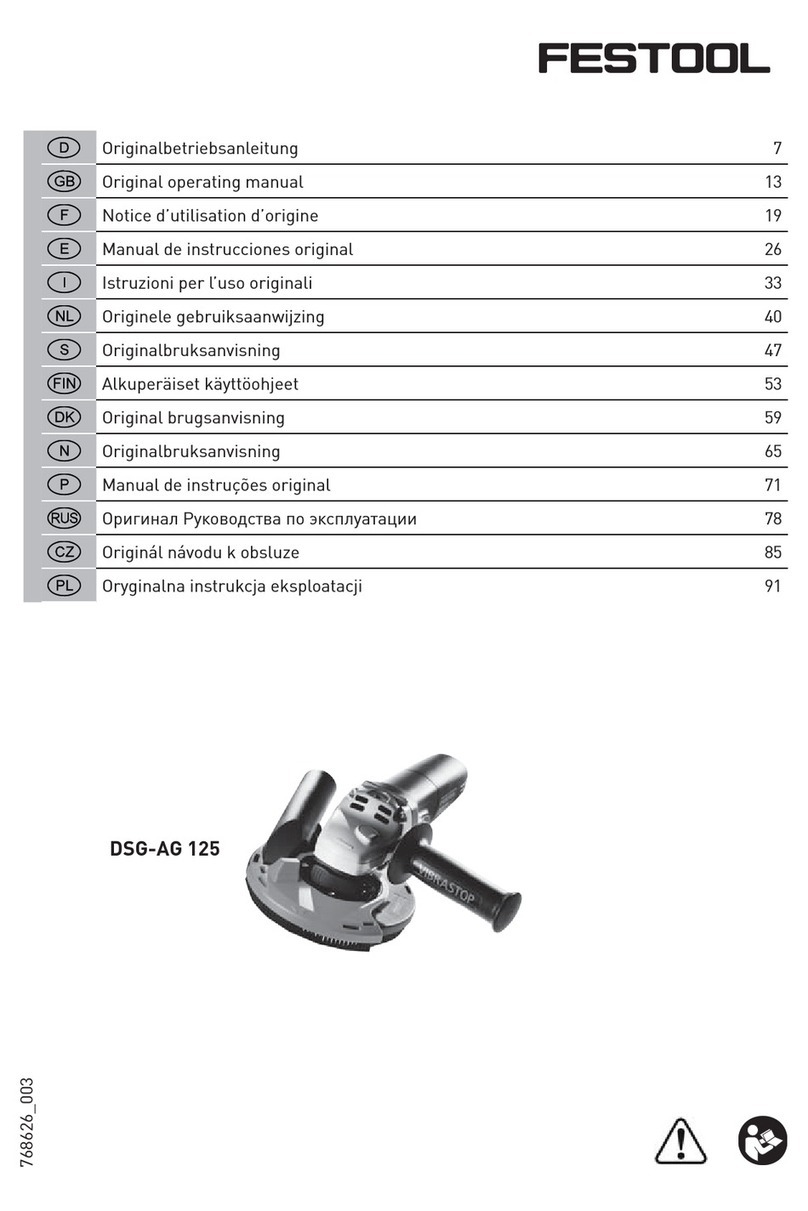
Festool
Festool DSG-AG 125 Original operating manual
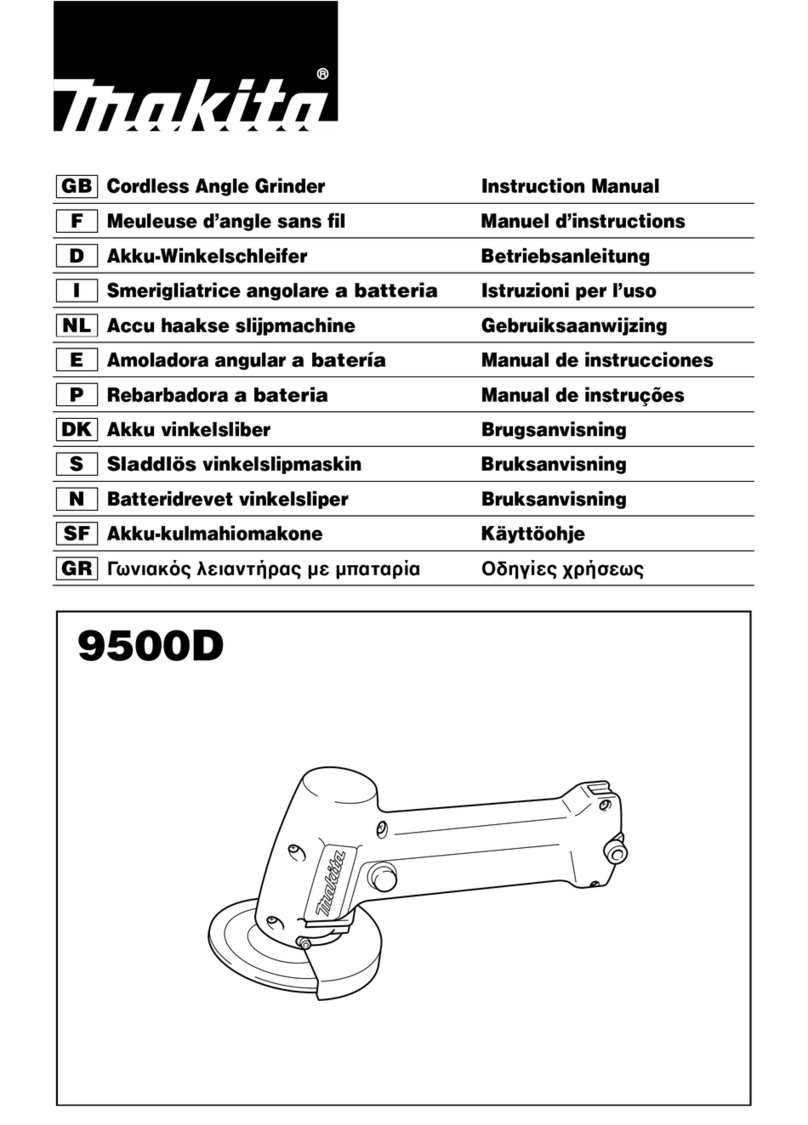
Makita
Makita 9500D instruction manual

Coleman
Coleman Powermate Professional P024-0101SP instruction manual

DuraTech Industries
DuraTech Industries 6010 operating instructions
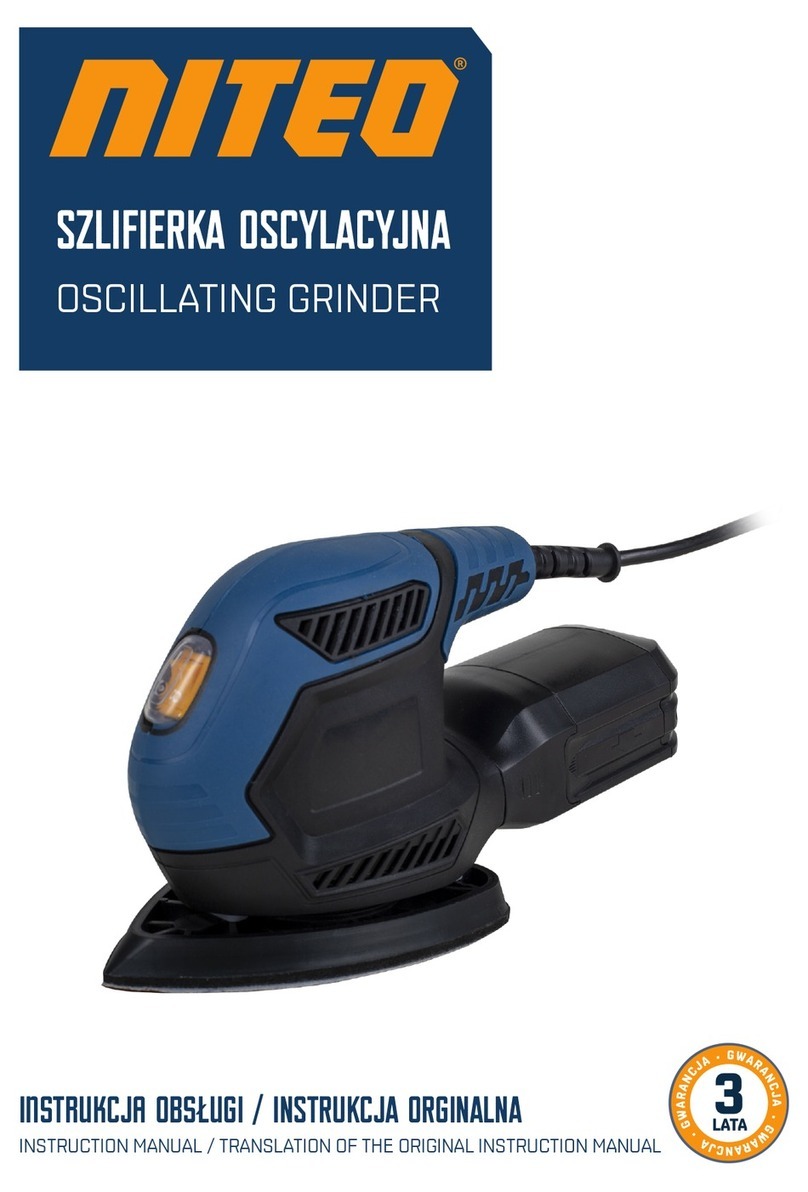
niteo
niteo DS0096-23 instruction manual
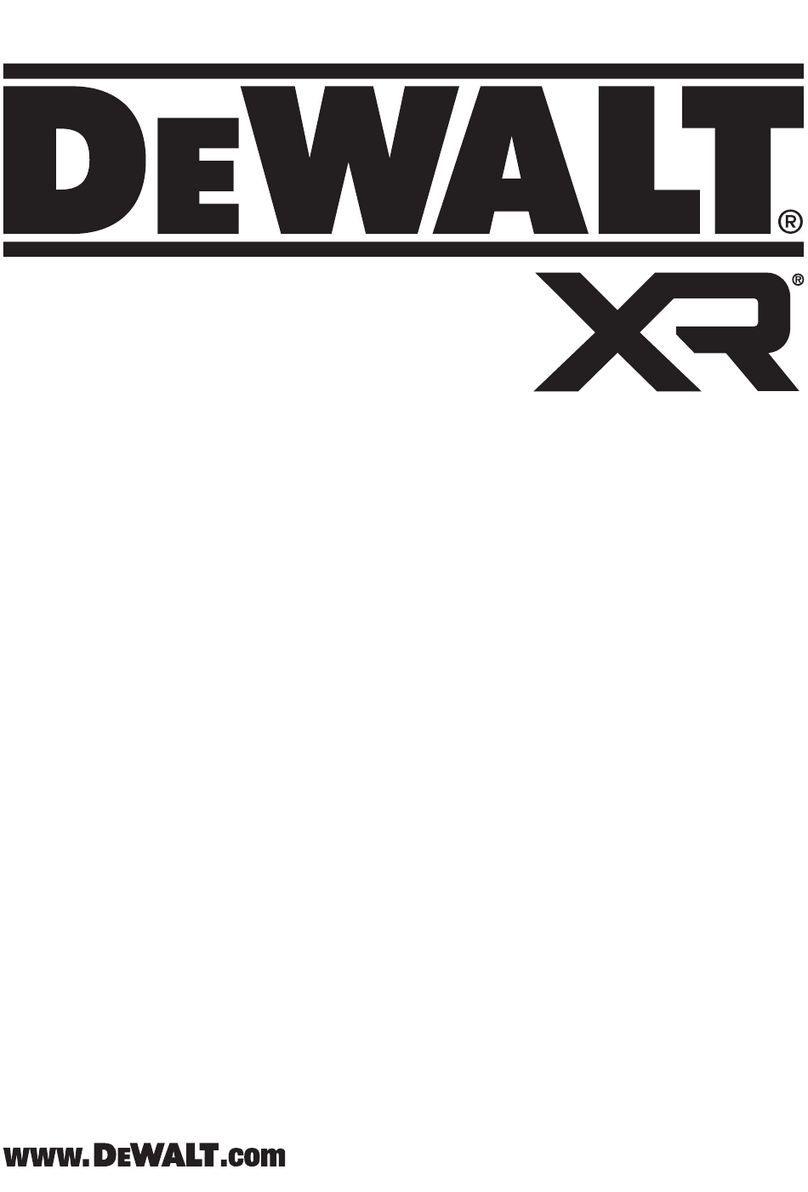
DeWalt
DeWalt XR DCG416VS Original instructions

Ryobi
Ryobi R18AG-0 Original instructions
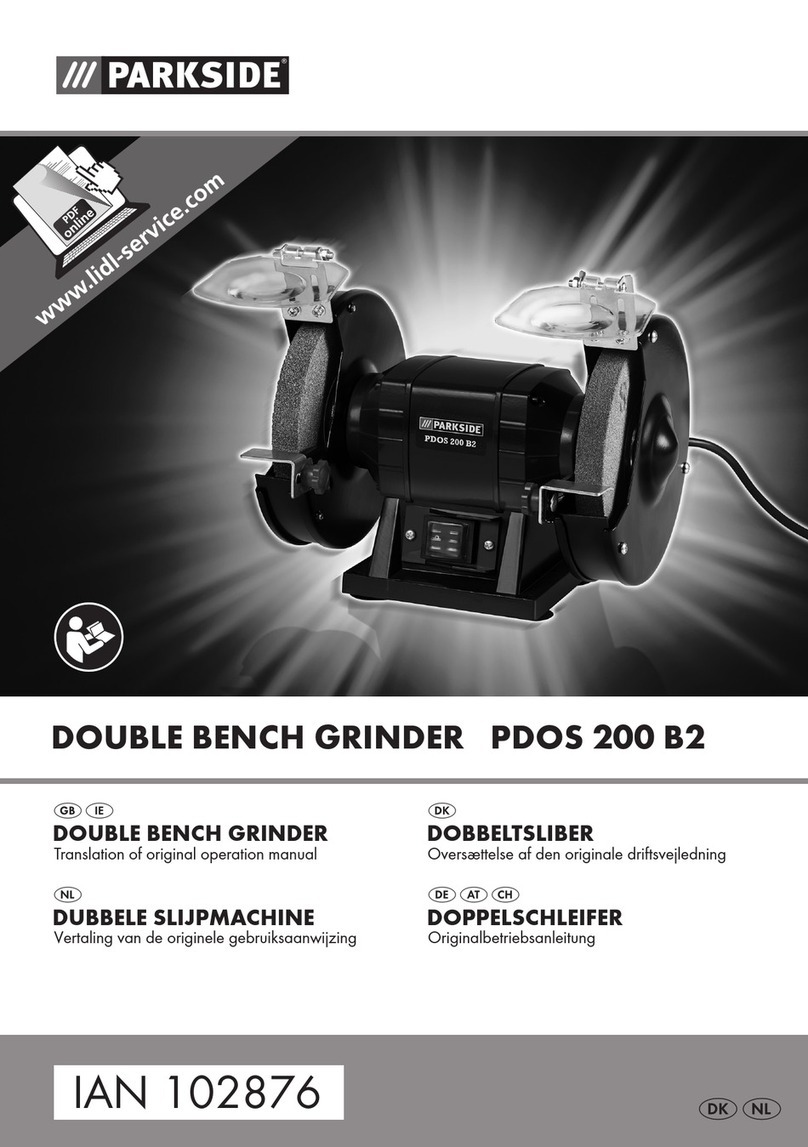
Parkside
Parkside 102876 translation of original operation manual
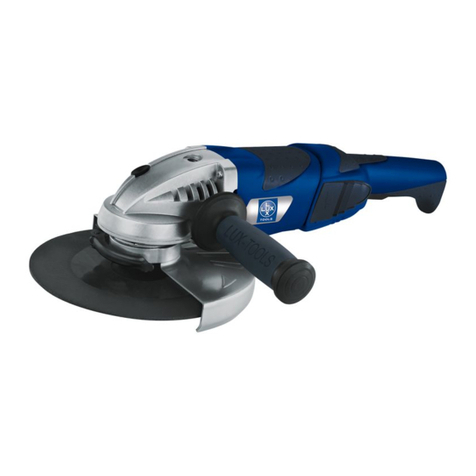
Lux Tools
Lux Tools WS 230 Original operating instructions
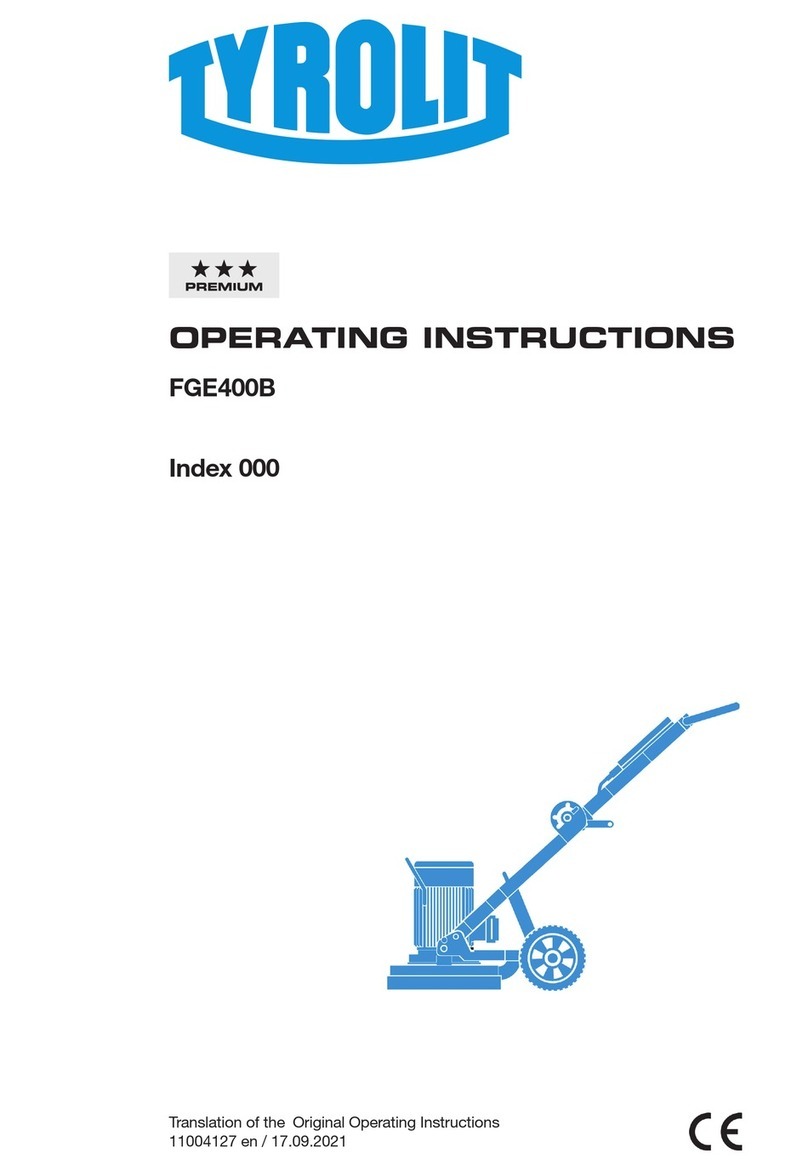
TYROLIT Hydrostress
TYROLIT Hydrostress FGE400B operating instructions

Bosch
Bosch PWS 20-230 J Professional Original instructions
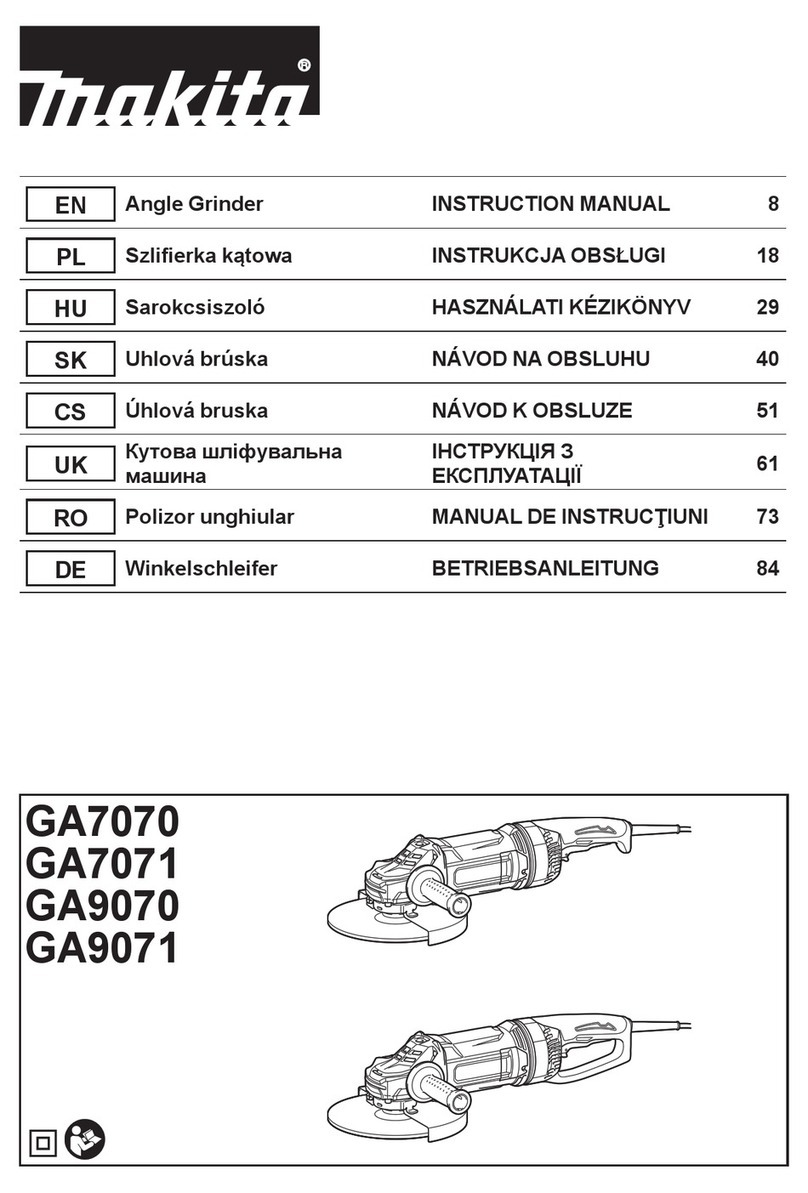
Makita
Makita GA9071 instruction manual
